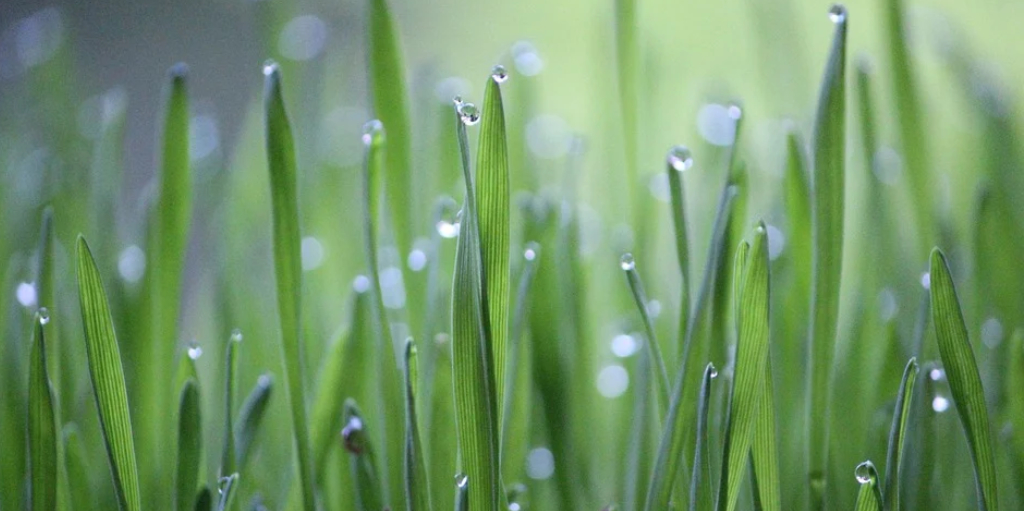 |
Published Date 7/15/2021
It was back in 1966 when the Houston Astrodome installed the first artificial turf in an athletic field, and the word "astroturf" was heard. As much as you think of all fake grass products bearing that name, however, that was a brand name — like Kleenex or Coke became synonymous with their genres.
The use of artificial grass today has transcended brand names and found its way into the residential markets in a major way — especially in the western U.S., where a never-ending drought, excessive heat, and water usage are big concerns.
You could think of artificial grass as a carpet for your yard, but it is much more than that. Made to look like real grass, its appearance has become more and more convincing with each succeeding decade. The types of artificial grass include nylon (considered the most durable, long-lasting but also the most costly — good for high traffic areas, but not great for kid or pet play). Polyethylene artificial grass is considered a good mid-range option for an artificial law. It's soft, and pleasant to the touch. And the polypropylene variety is the least expensive but also the least durable — best used on putting greens.
You can install fake grass anywhere natural grass might go, including front and back lawns, swing set areas, around swimming pools, roof decks, entertainment areas and putting greens. It is, however, wise to understand the advantages and disadvantages of installing it. Artificial turf is nearly maintenance-free (no mowing, fertilizing or aerating are required), evergreen, very realistic (sometimes almost TOO perfect), long-lasting, and needs no watering. To top off all these pros, it's just plain gorgeous. Always green, always perfect, and pretty worry-free.
The first disadvantage is the up-front expense. According to Family Handyman's Elizabeth Heath, however, professionally installed artificial grass costs between $5 and $20 per square foot. It's costly. You can save money by installing it yourself, but the initial cost is still high.
Another disadvantage is that because it is basically plastic, it gets really hot unless you cool it down with a hose prior to people walking or playing on it. And while higher-quality artificial grass looks and feels like the real thing, it tends to be more abrasive than real grass.
Environmentally, it saves on water consumption. But it's also difficult to find a recycling center that will accept old artificial turf. Studies have also shown that artificial grass can emit toxic gases, especially when hot, releasing metals and micro-plastics into the air and water supply.
Synthetic lawns are easy to clean, but not maintenance-free. Clean up stains right away, using a mild household detergent, and pick up solid waste as soon as possible, hosing down the area pets use most frequently. To maintain its pristine look, rake the lawn with a soft, non-metal rake to preserve the lift of the fibers.
Source: FamilyHandyMan | TBWS




